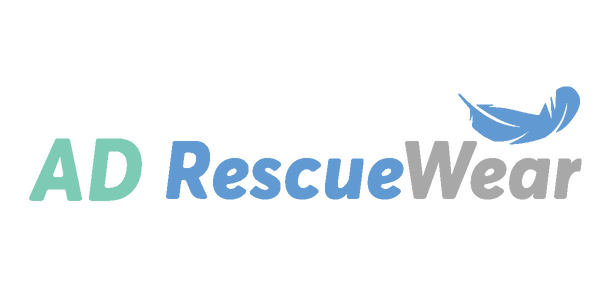For those who’ve battled eczema flares for years, there’s a new medication available, and it looks promising. Eucrisa (crisaborole) is an ointment you apply to skin, but unlike commonly prescribed steroid creams, it has few side effects.
Studies of the drug found that within 28 days of use, participants had clearer skin and less severe symptoms, such as:
- Itching
- Redness
- Thickening of skin
- Rashes and sores
How Is Eucrisa Different From Other Eczema Treatments?
Typically, eczema is treated with varying levels of topical steroids, which reduce skin inflammation, itching and redness. And while steroids can be effective for some people, long-term use can also cause thinning of the skin and other side effects.
Although the exact mechanism of how Eucrisa clears eczema isn’t fully known, researchers believe it targets the immune system response to prevent symptoms from occurring. Eucrisa may block an enzyme that triggers an inflammatory response in the skin.
Who Can Use Eucrisa?
Eucrisa is approved to treat adults and children 2 years and older with mild to moderate eczema (atopic dermatitis). “It’s especially great at treating delicate areas of skin like the face, around the eyes and on the hands and feet,” said Dr. Frank Lichtenberger, M.D., Ph.D., medical director at AD RescueWear. “But everyone responds to treatment differently. It’s best to discuss this new option with your doctor and check with your health insurance provider to see if it’s covered.”
Does Eucrisa Have Side Effects?
One of the most exciting things about Eucrisa is the minimal side effects. The most frequent side effect is burning and stinging in the area it’s applied to, but the sensation generally goes away within a few minutes. More rarely, someone may experience an allergic reaction to the medication. That would cause symptoms such as:
- Hives
- Itching
- Swelling
Is Moisturizing Still Necessary?
The best way to manage eczema is to prevent flares. Moisturizing skin is an important part of keeping it healthy and rash-free.
Whatever medication you’re using, continue your bathing and moisturizing routine. This should include applying your medication as well as moisturizing immediately after bathing. Wearing eczema-safe clothes provides the final protective layer.
What About Treating Babies With Eczema?
Children under the age of 2 can’t use Eucrisa or topical calcineurin inhibitors (another type of eczema medication that targets the immune system, but may be associated with increased cancer risk). Talk to your doctor about medications approved for use in babies and younger children.
Many parents find that wet wrap therapy can do wonders for stubborn eczema. This night-time bathing and moisturizing routine ends with applying damp cloths or medical garments to soothe itching. The moist environment helps skin heal faster and is something you can do at home to help your little one. For more information about how to help children with eczema, get our free eczema guide for parents.
The bottom line: Eucrisa is a treatment worth discussing with your doctor, especially since many people see good results with little to no side effects.
NOTE: This content is for informational purposes only and is not intended to serve as a substitute for a consultation, diagnosis and/or medical treatment by a healthcare provider.

